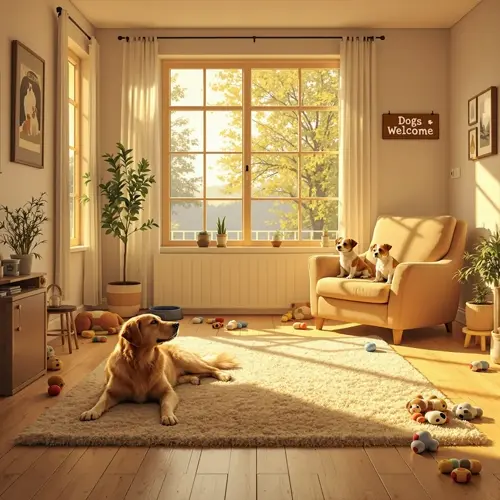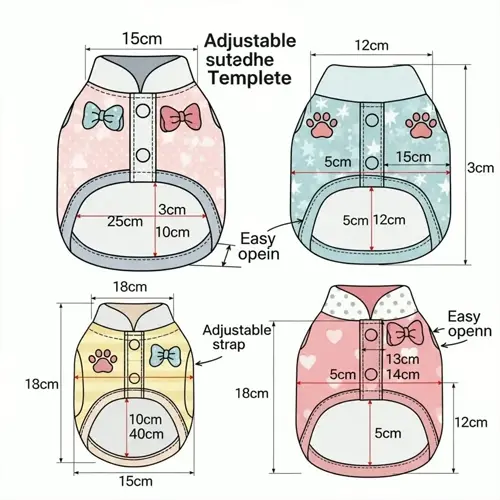When should dogs stop using crates?

Written by
David Smith
Reviewed by
Prof. Henry Webster, Ph.D.Deciding when to discontinue using a crate with your dog depends on the dog's behavior and maturity level. Dogs earn the privilege of more freedom from confinement when they demonstrate consistent, appropriate house manners and emotional stability. Some dogs continue to use their crate space voluntarily as a safe space. The transition should be gradual and based on individual readiness.
Behavioral Signs
- No destructive chewing when unsupervised
- Consistent bathroom habits without accidents
- Calm behavior during owner absences
- No anxiety or stress signals in open spaces
Environmental Factors
- Dog-proofed home with secured hazards
- Access to preferred resting areas
- Consistent daily routines established
- Minimal household chaos or disruptions
Begin with brief test periods to facilitate the transition. Start with fifteen minutes of free time unsupervised. Increase the time gradually to two hours over a period of weeks. Confine access to one room, dog-proofed initially. Use baby gates instead of the crate doors. Supervise with pet cameras.
Keep the crate as a comfortable option. Many dogs still use the crate voluntarily until they are old. Leave the door open and use comfortable bedding. Place the dog's favorite toys in the area for a positive association. Don't abruptly take the crate away.
Dogs require different modifications. Older pets may require assistance with step-free access. Rescue dogs may need longer adaptations. Anxious types need to have crates open constantly. Adjust plans according to the temperament and responses of the individual dog.
Read the full article: 10 Essential Dog Crate Training Steps

